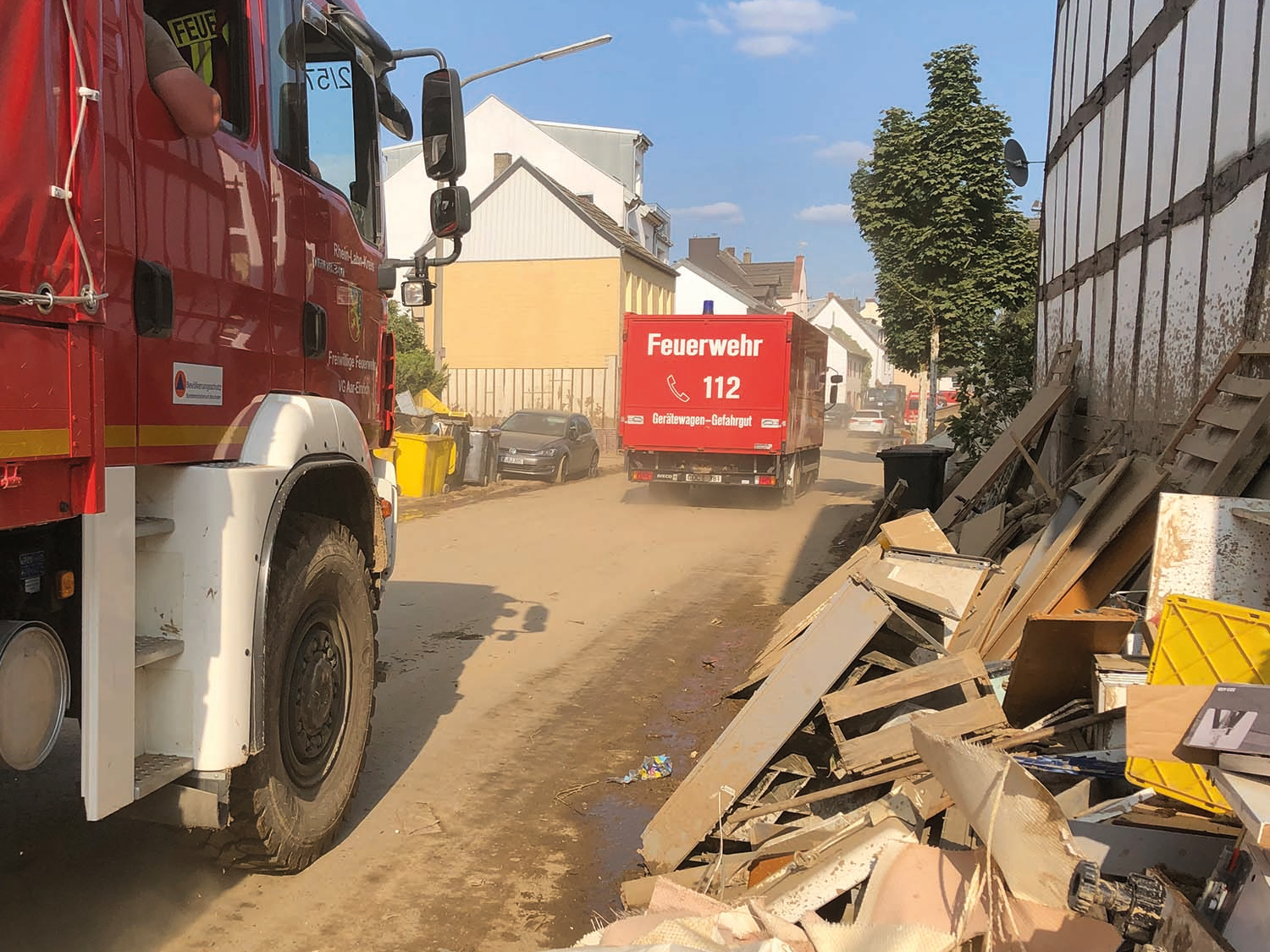 Geografie, Wirtschaft
Geografie, Wirtschaft


46505049 / 55504929
Seltene Erden
Gewinnung, Produktion, Wiederverwertung
Der technische Fortschritt versorgt die Menschheit zuverlässig mit innovativer Technologie. Dies hat die Nachfrage nach spezifischen Rohstoffen, etwa für Mikrochips, Rußpartikelfilter, und Dauermagneten sprunghaft steigen lassen. Metalle wie Lithium, Cer, Neodym und weitere gehören zu den sogenannten „Seltenen Erden“. Der Bedarf nach ihnen hat große geopolitische Auswirkungen, und hat zum Aufstieg Chinas, das den Großteil der Lagerstätten auf seinem Gebiet birgt, entscheidend beigetragen.
Der Film geht der geopolitischen Bedeutung der Seltenen Erden ebenso nach, wie er deren Verwendung und Gewinnung zeigt.
Abschließend werden Möglichkeiten gezeigt, den Bedarf an Seltenen Erden (und damit eine strategische Abhängigkeit von China) durch effektives Recycling zu reduzieren.
In Verbindung mit dem umfangreichen Zusatzmaterial (Arbeitsblätter, interaktive Aufgaben, Glossar, Testfragen) lässt sich das Medium hervorragend im Unterricht verwenden.


Lehrplanzentral und an den Bildungsstandards orientiert
Passend dazu
Fake News
Otto von Bismarck sagte einst: „Es wird niemals so viel gelogen wie vor der Wahl, während des Krieges und nach der Jagd.“ Auch er selbst nutzte gefälschte Nachrichten, heute nennt man sie „Fake News“, um einen politischen oder strategischen Vorteil zu erlangen.
Katastrophenschutz
Die Flutkatastrophe vom Sommer 2021 hat gnadenlos die Defizite im Frühwarnsystem und die Bedrohungen durch den Klimawandel gezeigt.










